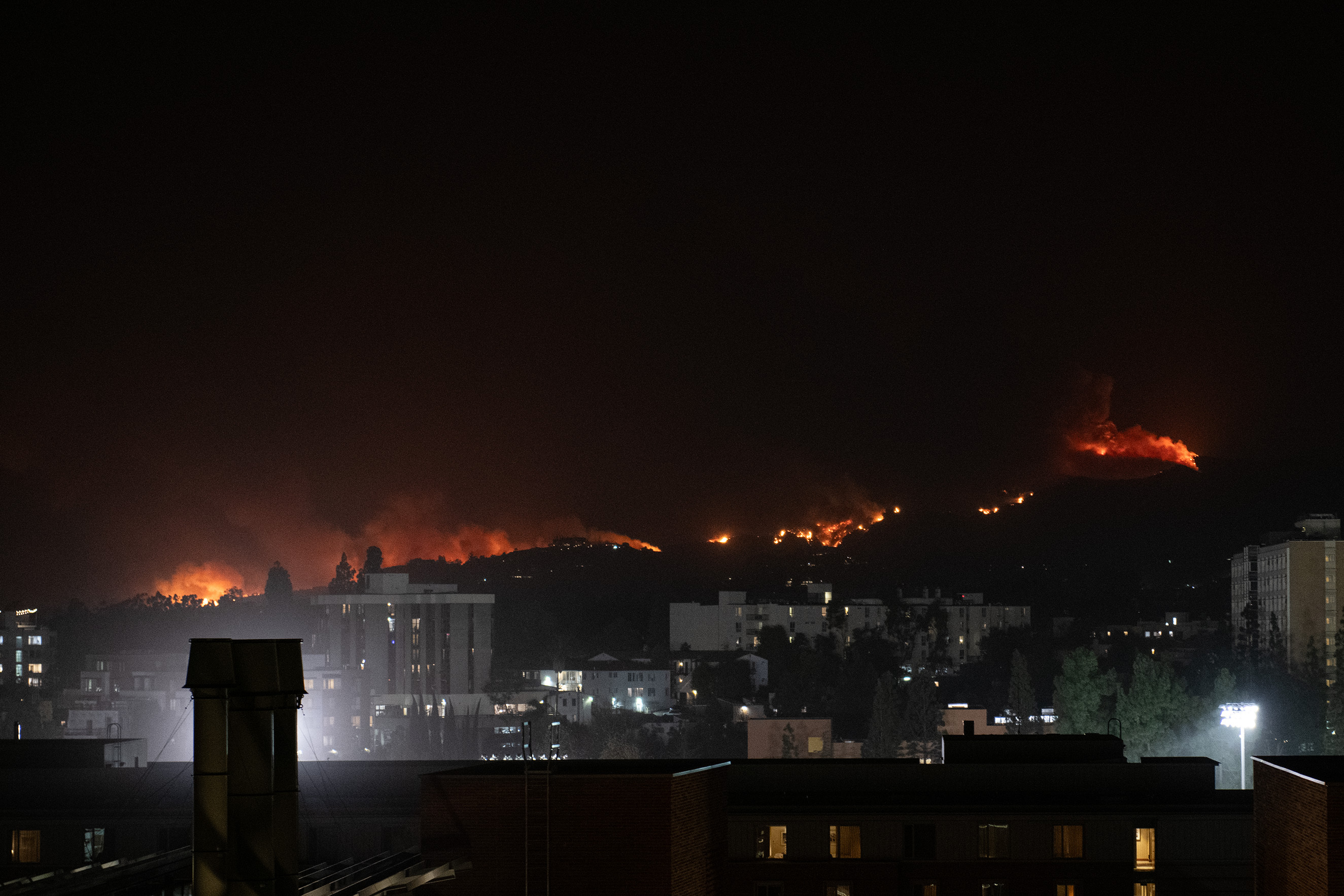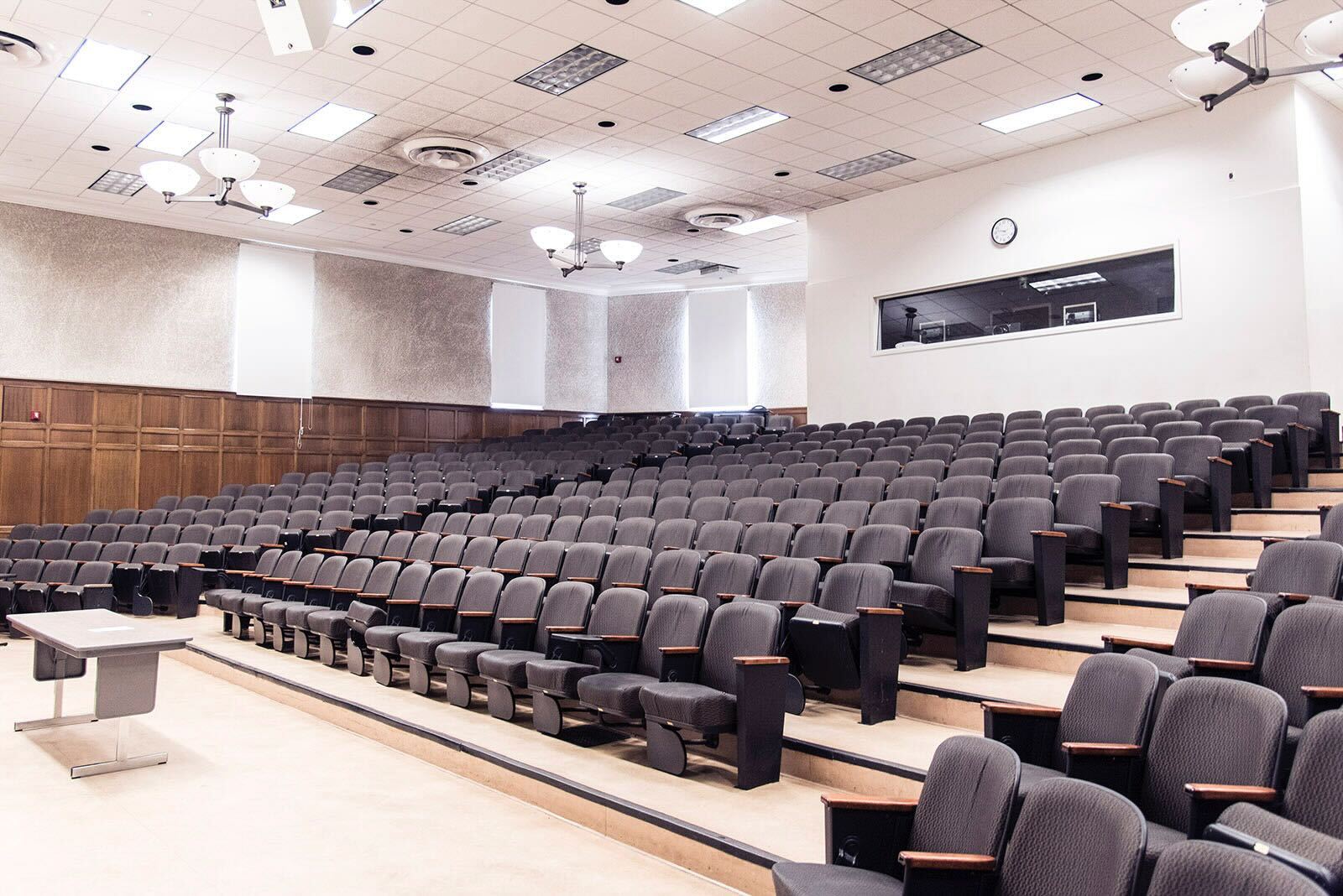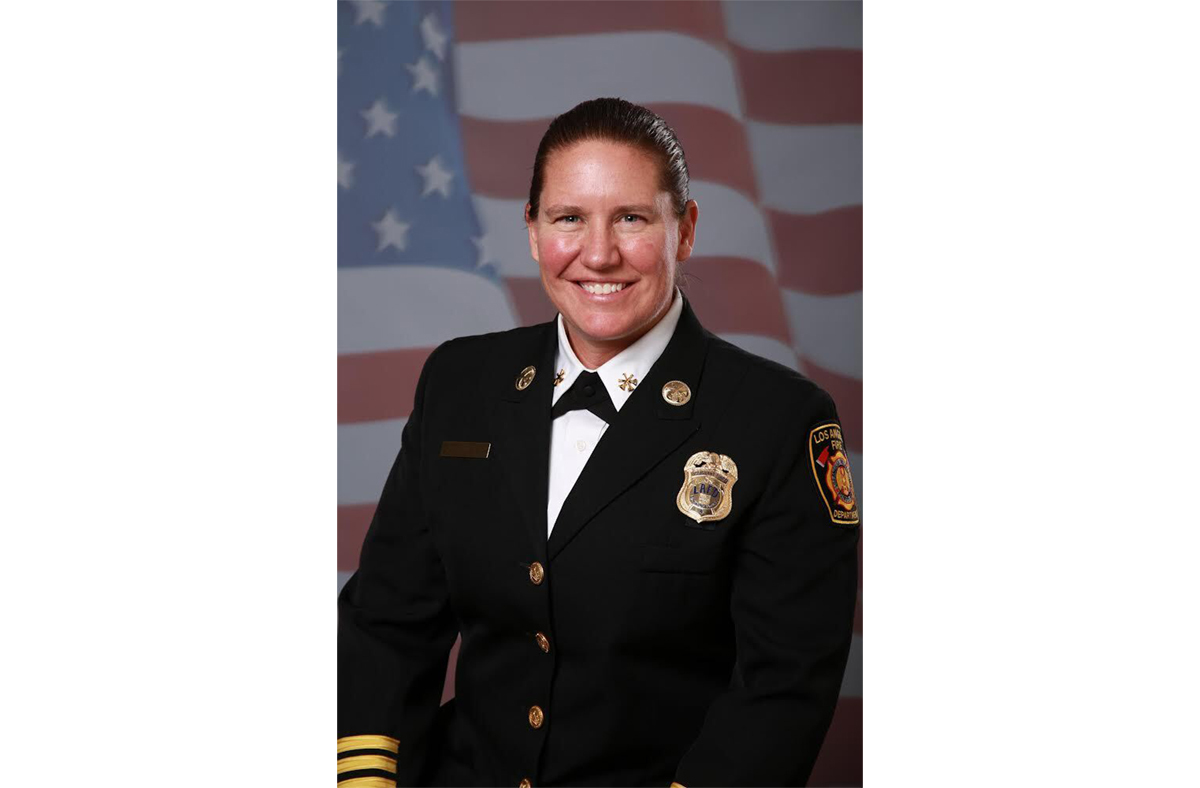Federal government races to provide aid in the face of Los Angeles fires

(Nicolas Greamo/Daily Bruin senior staff)
This post was updated Jan. 12 at 11:25 p.m.
The federal government is racing to fund recovery efforts as wildfires ravage Los Angeles.
Since Tuesday, fires in the region have burned over 40,000 acres of land and destroyed over 12,000 structures, leaving thousands without homes and in need of assistance. With the Palisades, Altadena and Sylmar fires continuing to burn, the federal government will fund 100% of firefighting costs for the next 180 days, President Joe Biden announced Thursday.
[Related: LIVE: JANUARY 2025 FIRES]
While the U.S. Constitution designates local governments as responsible for disaster response, local agencies can request assistance from the state and then federal governments, said Kimberley Shoaf, a professor emeritus of community health sciences.
“In every disaster response in the United States, we like to say all disasters are local because it affects the local population,” Shoaf said. “It’s a local government that has the direct responsibility of protecting the life and safety of its residents and the citizens.”
The Federal Emergency Management Agency can recommend that the president declare a disaster under the Stafford Disaster Relief and Emergency Assistance Act, Shoaf said. Biden declared a Major Disaster Declaration on Wednesday, allowing federal resources – including the U.S. Forest Service and the Disaster Medical Assistance Team – to assist in fighting the fires, Shoaf added.
Biden said in a press conference Thursday that the federal government would cover “100% of costs” of the fires over the next 180 days, which is an increase from the normal federal appropriation of 75%, said Mary Comerio, a UC Berkeley expert on disaster recovery.
These costs include expenses from the California Department of Forestry and Fire Protection, or Cal Fire, and local fire departments, Comerio said. Shoaf added that the federal government is also funding overtime for firefighters and other government services.
In the Thursday press conference, Biden said the federal government would send 400 federal firefighters, over 30 firefighting helicopters and planes, eight military transport aircrafts and 500 ground clearing personnel to contribute to fire control.
“We are going to continue to send literally every resource we can find to help the governor and the first responders,” he said in the conference.
However, costs that the federal government will cover do not include individual assistance for those affected by the fires, Comerio said.
“It’s 100% – but that’s 100% of what Cal Fire and the local fire departments are spending,” she said. “It is not about people’s houses. It is not about individual assistance.”
[Related: Students show support for UCLA professor who loses home to Los Angeles fires]
Individual assistance from the federal government does exist in the form of FEMA grants, Comerio added. However, these awards are often small and only help in the short term, she said, making insurance – and charity – the main sources of recovery assistance for individuals.
FEMA money predominately goes toward rebuilding public resources such as schools and hospitals, Comerio said.
“These are very small amounts of money that people can apply for,” she said. “They (FEMA) really are not the primary supporters of recovery, except for public infrastructure.”
Three of the biggest home insurers – Allstate, Farmers Insurance and State Farm – have not written insurance policies for California homes in months and have been canceling policies in high-risk areas for years, Comerio added. Other states facing climate disasters more frequently – including Florida, Oregon and Washington – have encountered a similar reluctance from insurers, she added.
This natural disaster could bring the already crumbling insurance system in California to its collapse, Comerio said.
“I don’t know what’s going to happen after this to the industry – it may collapse in California,” she said. “It’s a very serious concern.”
Some California Democrats have expressed concerns about the incoming Trump administration’s impact on recovery efforts, as the president-elect has previously threatened to withhold federal funding from California wildfire recovery over Gov. Gavin Newsom’s water supply policies in September.
However, because changes to FEMA funding require acts of Congress – of which Republicans currently only possess a slim majority – the chances of canceling assistance are low, Comerio said. There are nine Republicans in Congress who represent California districts.
Most recently, President-elect Trump blamed the wildfires on Newsom in a post to his Truth Social account, claiming that regulations protecting the endangered Delta smelt fish have prevented firefighters from accessing water.
These claims are inaccurate, said Caleb Scoville, a Tufts University assistant professor who studies the politics of Delta smelt. Southern California reservoirs remain at or above average water levels for January, he said, adding that he believes Trump uses this fallacy to “divide” people over environmental politics rather than proposing solutions.
“There is no truth to what he’s saying,” he said. “That’s not the challenge that Los Angeles firefighters are facing right now.”
Newsom announced Friday that he invited Trump to visit California, meet with victims and survey damage. Trump – who will take office Jan. 20 – is yet to respond publicly to the request as of early Sunday afternoon. However, LA Mayor Karen Bass said in a Sunday press conference that she received a “positive response” from Trump’s incoming administration regarding the invitation.
[Related: Everything is just gone’: Bruins grapple with homes lost in LA wildfires]
Rebuilding LA will likely take years as residents work with insurance companies and apply for federal assistance, Shoaf said. The devastation could also push some people – especially those without the money or time to recover – out of the state as a whole, Comerio said.
“It takes buildings, it takes time to rebuild – there’s no instant solution to this,” she said. “You’re looking at years, not weeks, before things get rebuilt, and that is the reality of recovery.”







